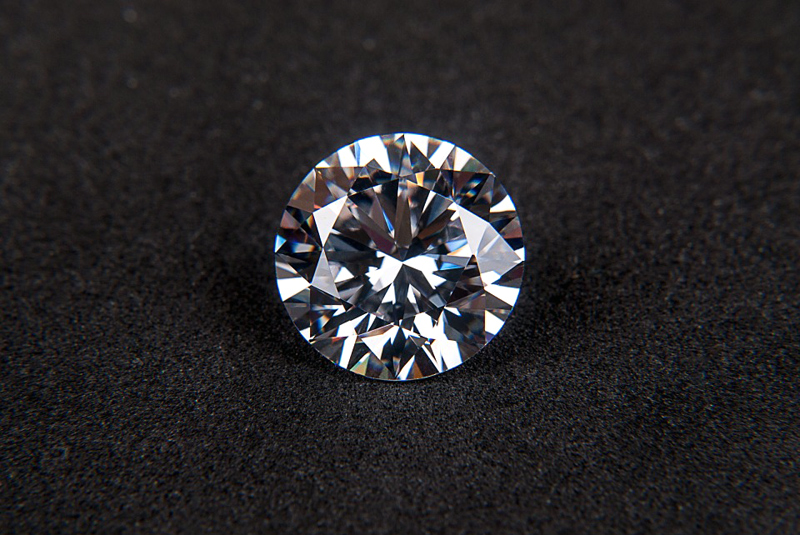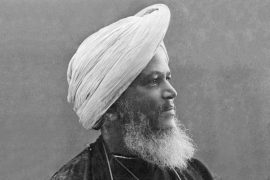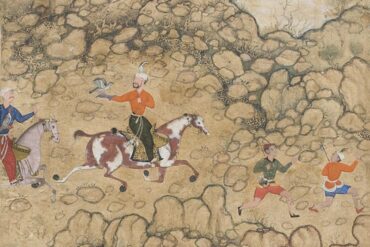If there was one thing that knocked Cecil Rhode’s company out of the monopoly over diamond trade, it was the power of Jain family business. And some anti-trust legislation.
In 2008, De Beers, a company which controlled between 80-90 percent of global diamond trade in the 1980’s pleaded guilty of price-fixing in a U.S. court. Since the fall of the Soviet Union, the world’s diamond traders had been fighting for their right to exist outside of the De Beers cartel. With De Beer’s ability to purchase raw diamonds limited, the Jains of Gujarat swept in for the kill.
Today, India is the undisputed centre of global diamond trade. 95 percent of the world’s diamonds are exported from India, courtesy a vast diamond polishing and cutting industry in Gujarat, whose prices undercut all else. A raw diamond sourced in Lesotho could find its way to a merchant in Delhi, then be transported by the Jain’s historic Angadia network to the polishers of Surat – and finally be sent to Antwerp, the world’s diamond market of choice.
Antwerp, the biggest city in Belgium’s Northern Flanders province, had long been the jewel of the diamond market. Everyone from sovereigns to dictators could be found buying and selling precious gems. And it was, for centuries, an orthodox Jewish community that served this market.
Copyright©Madras Courier, All Rights Reserved. You may share using our article tools. Please don't cut articles from madrascourier.com and redistribute by email, post to the web, mobile phone or social media.Please send in your feed back and comments to [email protected]











